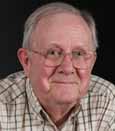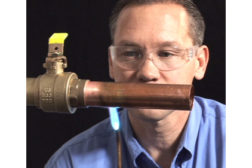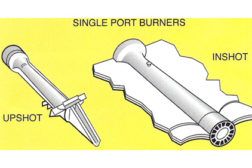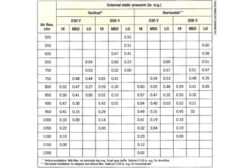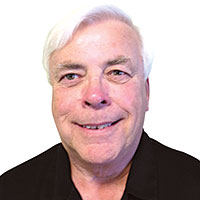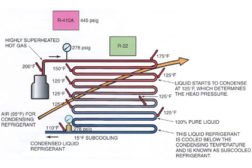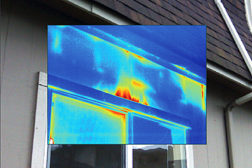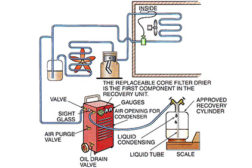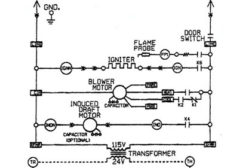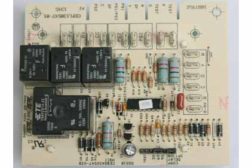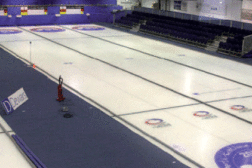Service and Maintenance
Recommended Practices for Soldering No-Lead Copper Alloys
Legislation Prompts CDA to Revisit Soldering Techniques for Making Proper Joints
December 8, 2014
Expand Your HVAC Business with Home Energy Audits
Homeowners Are Looking for Ways to Save Energy and Money; Here’s How HVAC Professionals Can Help
October 6, 2014
Ammonia Chiller Provides Tailor-Made Refrigeration Solution for Ice Rink
Chiller Features a Very Low Ammonia Charge
August 18, 2014
Copyright ©2024. All Rights Reserved BNP Media.
Design, CMS, Hosting & Web Development :: ePublishing

